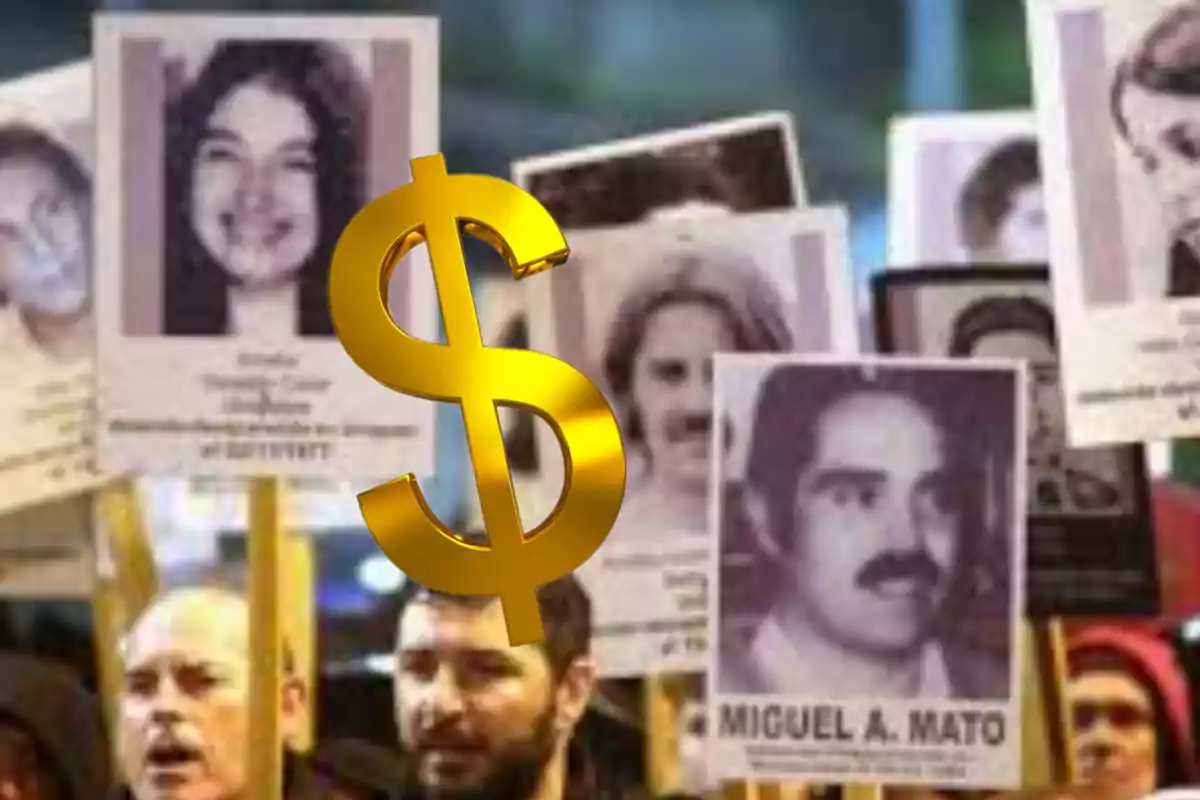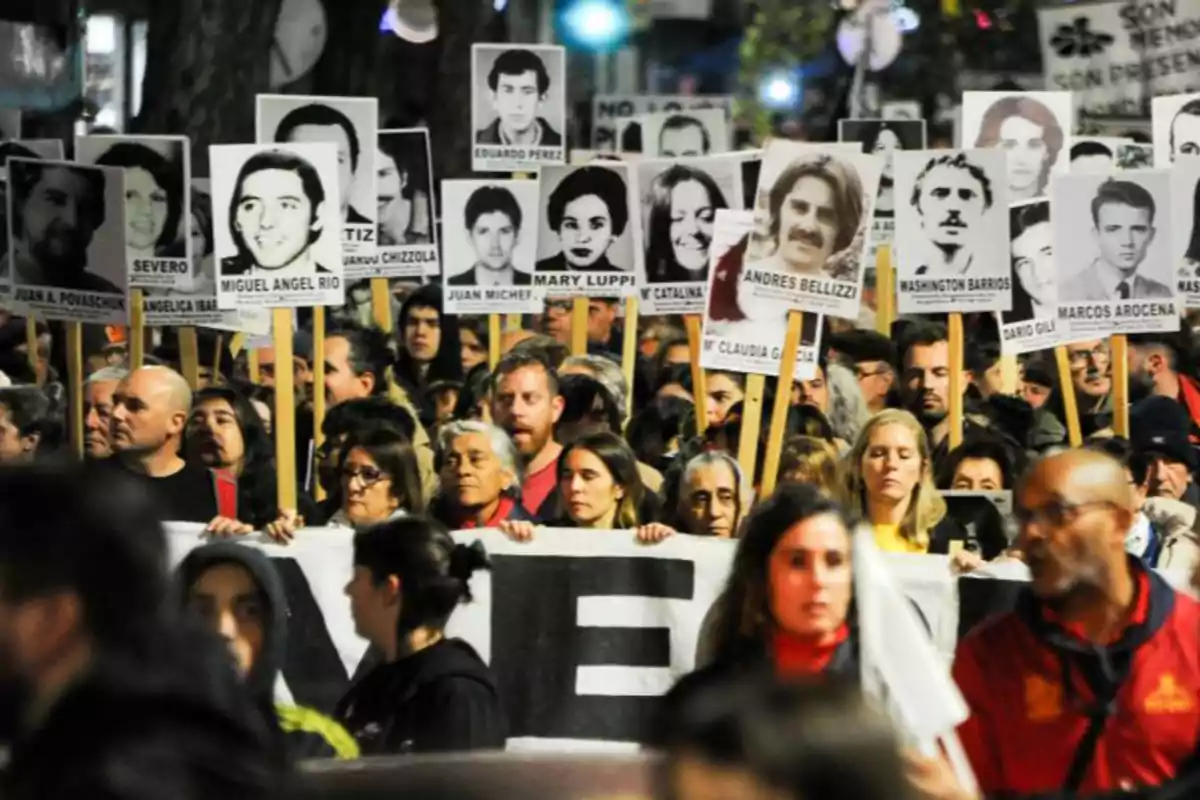
Economic privileges for relatives of the disappeared
Uruguayan taxpayers pay for million-dollar privileges for a handful of relatives with their taxes
The so-called disappeared have become, since 1985 with the democratic reinstitutionalization, a true political and economic business.
In 1985, when the Colorado Julio M. Sanguinetti assumed the presidency, there were reparations for those who had belonged to guerrillaterrorist groups of the 1960s and early '70s.
For example, those who were public officials and were imprisoned for having committedcrimes related to subversion were reinstated in their respective state agencies.
Those who were no longer of working age retired without problems, and the years they were imprisoned were recognized as if they had worked.

For example, a person who was imprisoned between 1975 and 1980 for having committed a homicide or a kidnapping was credited with those 5 years as if they had worked and contributed to their retirement, although obviously, they did not because they were behind bars.
This was undoubtedly paid for by Uruguayan taxpayers with their taxes.
The Silent March
Since 1996, the left has organized the so-called "silent march" every May 20.
The one who promoted it that year was Rafael Michelini, who was a young senator of the New Space, a party that was at that time outside the Broad Front.

For 30 years, this march has been a blatant use by sectors of the left to engage in low-grade partisanpolitics.
They use the issue to gain partisan political advantage with shamelessness without limits.
Who were the disappeared?
The deceptivefigure that has been repeated for decades is that there were 197, but they deliberately hide that the vast majority disappeared in the Argentine Republic.
This means that the potential responsible parties for the disappearance are the Argentine authorities of the time, and the Uruguayan state has absolutely nothing to do with it.
In Uruguay, the disappeared were 33 or 34. The rest disappeared in Argentine territory.
However, it is still falsely repeated that there were almost 200 disappearances in Uruguay when this is completely false.
Million-dollar economic reparations
The relatives of the disappeared already had several economic advantages provided by the Uruguayan state, that is, by the taxpayers who pay taxes, but when the Broad Front first came to national government in 2005, the privileges multiplied.
In Uruguay, the compensations for the relatives of the disappeared during the civic-military period 1973 - 85 are mainly regulated by law18.596 of 2009, from the first government of Tabaré Vázquez.
This law recognizes the right to comprehensive reparation for people affected by the so-called "State terrorism."

The specific amounts, according to available information, are as follows:
Children disappeared for more than 30 days: 375,000 Indexed Units (UI). At approximate values of May 2025, considering that 1 UI ≈ 6.57 Uruguayan pesos (according to INE data until October 2024), this amounts to about 2,462,250 Uruguayan pesos or approximately, and 55,000dollars (at the current exchange rate of ~44.5 pesos per dollar).
Also, people born during their mother's imprisonment or who, as minors, were detained with their parents receive compensation.
In this case, 200,000 Indexed Units, equivalent to about 1,314,000 Uruguayan pesos or around 29,500dollars.
More privileges
There are also benefits in terms of health. The law guarantees free and lifelong medical, psychological, psychiatric, dental, and pharmacological assistance for the relatives.
There is the "moral reparation," which includes "actions to restore the dignity of the victims, such as acts of public recognition and the preservation of historical memory."
Measures such as the recovery of identity, employment, or lost rights are also established.
Who pays for these privileges, as is obvious, are all paid by Uruguayan taxpayers.
All this comes from public resources, meaning that it is the Uruguayan people who pay this fortune.
It is clear that the disappeared, besides being a partisan political issue, is a very lucrative business.
For decades, the country, which has needs in health, housing, education, infrastructure, etc., allocates hundreds of millions of dollars in reparations and economic compensations to a handful of families who profit from a sinister business.
Meanwhile, thousands of Uruguayans work honestly and do not make ends meet, or there are retirees who worked all their lives and have economic difficulties, a handful of relatives of those who disappeared for political reasons and committed crimes half a century ago, continuecollecting.
More posts: